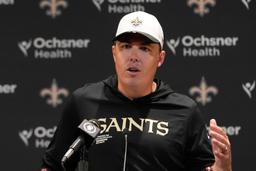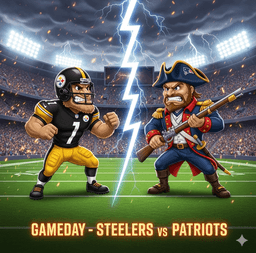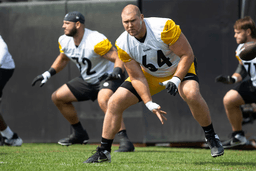Micah Parsons Sidelined from Tactical Drills – Are Cowboys Preparing for Life Without Him?
DALLAS, TX — The Dallas Cowboys have raised eyebrows by limiting All-Pro edge rusher Micah Parsons’ participation in tactical repetitions during recent training camp practices in Oxnard, California. The move, reported by multiple sources, comes amid stalled contract negotiations and Parsons’ public trade request on August 1, 2025, fueling speculation that the team may be preparing for a future without their defensive star.
Parsons, a four-time Pro Bowler and two-time first-team All-Pro, has been a cornerstone of the Cowboys’ defense since being drafted 12th overall in 2021. With 52.5 sacks in four seasons, he’s among the NFL’s elite pass rushers. However, his $24 million fifth-year option for 2025 falls significantly below the market for top edge rushers, with players like T.J. Watt earning $41 million annually.
The Cowboys’ decision to reduce Parsons’ tactical reps appears to be a strategic test of lineups without him. Sources indicate the team is evaluating younger players and depth pieces to gauge their readiness, prompting questions about whether Dallas is seriously considering trade offers. Despite owner Jerry Jones’ insistence that he has no intention of trading Parsons, calling the request “part of negotiation,” the lack of progress in talks with Parsons’ agent, David Mulugheta, suggests tension.
Potential trade destinations, including the Ravens, Bears, and Raiders, have been floated, with analysts estimating a trade could command multiple first-round picks. However, Jones’ history of retaining stars like Dak Prescott and CeeDee Lamb after prolonged negotiations points to a likely resolution before the season.
For now, Parsons remains a spectator at practice, working with quarterbacks and receivers rather than the defense. Fans chanting “Pay Micah” reflect the sentiment that the Cowboys must secure their star to maintain their Super Bowl aspirations. As the standoff continues, the NFL watches closely to see if Dallas will pay up or let their defensive cornerstone walk.












